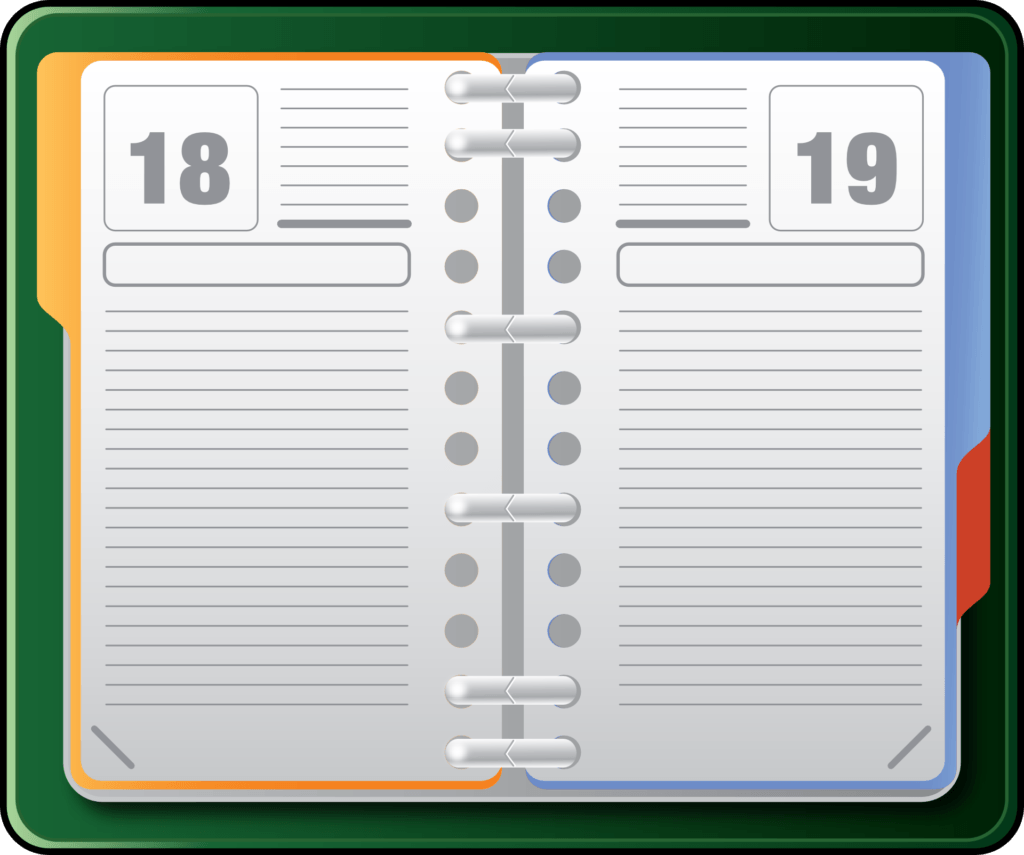The Most Effective Method For Creating An Email Calendar That Keeps You Connected… The Write Way!
Want to know another common mistake email marketers make?
They decide on a schedule for their emails, then create the content on the fly about what to write about.
NOT a good strategy, especially if you want a profitable mailing list (you do, right?). Well… what you want to do is plan out an email calendar to maximize the amount of help you provide for your subscribers while increasing your profits. Here’s how…

Step 1: Decide on Publishing Frequency
Your first decision is how often and when you’ll publish.
NOTE: Plan on sending about one email per week (at least) to keep your name prominent among all the other emails your subscribers receive. As for when you send it, you’ll need to test and see when you typically get the best response. A good starting point is to look at your stats to decide when the bulk of your audience first joined your list.
For example…
Maybe, you plan on sending out a regular newsletter once per week on Friday mornings. Meaning you’ll have 52 slots open in your publishing calendar for the year. However, you may send out additional emails on different days, some weeks, depending on what you outline in the following steps. So, start with your main newsletter, then fill in additional emails as we continue.
Step 2: Decide When You’ll do Promos
Next, you need to decide the best times to send out promos, including newly launched products, flash sales, coupon promos, etc. All of these tend to be “time-sensitive,” so you’ll need to send out emails on specific dates (ensure you include both your promos and any you plan to do for marketing partners).
Secondly, your promos are likely to require a sequence of emails. So, you’ll need to decide how many emails you’ll send for each promo. (a one-day flash sale = one email… weeklong launch = five emails).
Step 3: Detail Other Important Dates
Your next job is determining any other significant dates to send time-sensitive emails. For example…
You run a weight-loss newsletter. Here you’ll want to be aware of periods’ weight issues are top of your subscribers’ minds. For instance… a lot of people need extra help during the holiday season, shorts season, or even when making a new years resolution to lose some pounds.
This is only an example, but there are many times during someone’s life when their minds are in different places. So, be aware.
Step 4: Define Other Help You Want To Provide
Now you’ve got the time-sensitive emails done and dusted, consider other ways to give value/help your subs. For example…
Suppose many people ask the same three or four questions every week. This could initiate the need for a FAQ article, which you can squeeze into your calendar wherever there’s room. Or…
You’ve been meaning to show people how to do some high-intensity interval training, and you’ve got a video demonstrating this… that’s another email you can send at any time.
Step 5: Develop Your Calendar
You’ve got everything roughly outlined… now it’s time to fill in that bad boy.
- Start by inserting the time-sensitive promotions. If you’re doing multiple emails in a certain week… and your “regular” schedule is once per week – don’t send out a “regular” newsletter that week.
- Secondly, fill in any other time-sensitive information, such as information relevant to specific dates, seasons, holidays, etc.
- Thirdly, fill in other promos that aren’t time sensitive. For example, if you do three flash sales this year, you can fill them in wherever nothing else happens (E.G., There’s a prime opportunity for a flash sale if August is free of promos).
- Finally, the last step’s to fill in all the other emails outlined. Look closely at your calendar to determine the best place for each of these newsletters. For example…
Maybe you’re launching a new copywriting product in October. You could use your September newsletters to provide some of your best copywriting information, tips, templates, strategies, etc. And the best part… while providing all these extras, you’re pre-selling your audience for the launch in October (good, huh?).
Conclusion
As you can see, it’s always better to plan your calendar in advance. This benefits not only your audience but also your business. Setting in motion your long-term objectives… while banishing stress to the dark pits of overwhelm.
One final piece of advice…
Prepare to be flexible. This planner is a guideline and NOT set in stone. So, use it as a marker from which to feed your ambitions. For example… maybe you plan to launch a campaign on October 15th, but you fall ill and have to alter the date to November 13th. These blips are part of life… so don’t become too attached to your goals. They’re only maps to help you reach your final destination (The MAP is NOT the Territory), so lighten up and have FUN!
See you in the next lesson…
